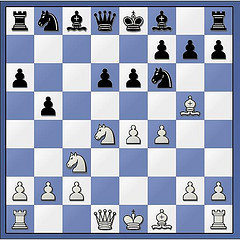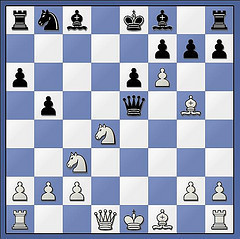What do you think?
Rate this book


258 pages, Paperback
First published December 1, 1979


Two rounds before the end I was more than depressed, and all that could save me was two successive wins. But while a win even with Black in the penultimate round over international master Tan was a perfectly feasible proposition, to win ‘to order’ at the decisive moment against one of the strongest players in the world, Lajos Portisch…This seemed too unreal, especially since Portish was leading the tournament, was playing brilliantly, and not once in Petropolis had been obliged to stop the clocks.